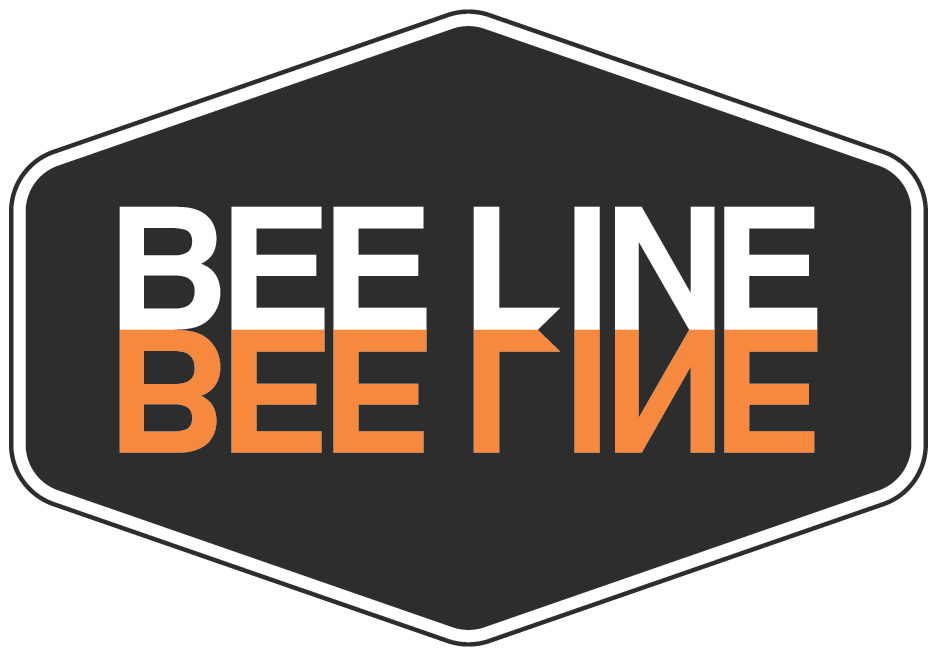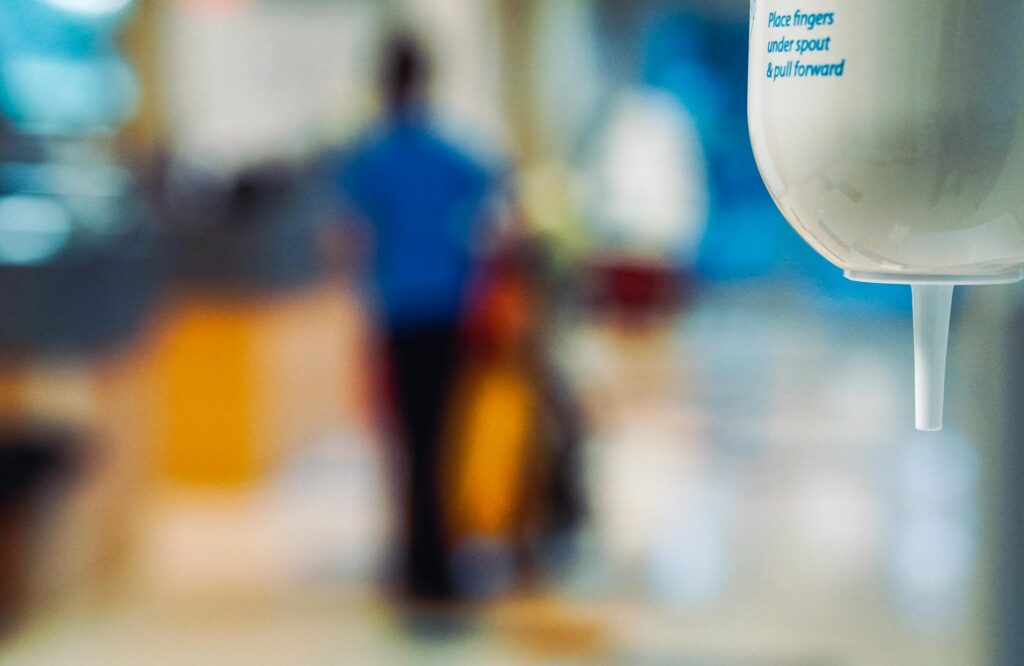When it comes to healthcare, cleanliness is not just a matter of aesthetics; it’s a critical component of patient care and safety. Healthcare spaces, whether hospitals, clinics, or long-term care facilities, must, therefore, maintain the highest standards of hygiene to protect patients, staff, and visitors from infections and illnesses. Achieving this level of cleanliness and hygiene requires more than routine cleaning; it necessitates a partnership with professional cleaning services. Here, we’ll explore the importance of cleaning for health in healthcare spaces and the benefits of collaborating with professional medical-grade cleaners.
Why Do Cleaning and Disinfection Matter in Healthcare?
Healthcare spaces are unique environments with their own set of cleaning challenges. Since they’re a safe haven for patients with various illnesses and conditions to seek medical care, cleaning for health is of the utmost importance. This includes providing a clean and safe environment for patients to receive treatment and recover, which can significantly impact patient outcomes and health. Healthcare settings are also highly susceptible to the transmission of infections, given the constant flow of patients and the presence of germs, pathogens, bacteria, and viruses. Proper medical cleaning and disinfection can help reduce the risk of healthcare-associated infections (HAIs) and protect both patients and healthcare workers. Moreover, healthcare facilities house numerous critical areas that require specialized cleaning:
1. Patient Rooms: Patient rooms are the primary spaces for individualized care and need to be kept spotless to help prevent the spread of infections. Regular cleaning, disinfection, and sanitization are essential in patient rooms.
2. Operating Rooms: Surgical suites and operating rooms demand the highest level of cleanliness to ensure patient safety during procedures. Any contamination in this area can have severe consequences.
3. Waiting Areas: Patients and visitors spend a lot of time in these areas. This makes waiting rooms prone to contamination, even if those present aren’t the ones being treated for illnesses. Regular cleaning and disinfection of waiting rooms are necessary to prevent the spread of infections.
4. Laboratories: Precise testing and diagnostics depend on uncontaminated lab environments. Proper cleanroom sanitation is crucial to maintain the accuracy of test results.
5. Restrooms: High-traffic restrooms require constant attention to reduce the risk of germs spreading through contact with contaminated surfaces and maximize infection prevention.
What Are the Three Levels of Disinfection Within Healthcare Spaces?
There are three distinct levels of disinfection for health within healthcare spaces. They are as follows:
High-Level Disinfection
High-level disinfection is a robust cleaning process designed to eliminate a wide range of microorganisms, including viruses, bacteria, fungi, and spores. It’s used in healthcare and high-risk settings on critical or semi-critical equipment and surfaces that come in contact with mucous membranes or broken skin. These disinfectants contain powerful ingredients like chlorine compounds, hydrogen peroxide, or peracetic acid. High-level disinfection requires careful handling, personal protective equipment (PPE), and specific protocols to ensure safety and effectiveness. Trained professionals typically perform it to reduce infection risks.
Intermediate-Level Disinfection
Intermediate-level disinfection is a cleaning process that targets a range of microorganisms, but it’s less potent than high-level disinfection. It’s suitable for surfaces and items that contact the skin but not mucous membranes, often found in non-critical clinical contact areas like operating surfaces and general cleaning. Common intermediate-level disinfectants include bleach, quaternary ammonium compounds, and phenolic compounds. While not as strong as high-level disinfectants, they effectively reduce various microorganisms and pathogens.
Low-Level Disinfection
Low-level disinfection is a milder cleaning process designed to eliminate certain vegetative bacteria, some fungi, and a few viruses. It is safe for non-critical items and surfaces that do not require intensive sterilization. Low-level disinfectants often contain ingredients like quaternary ammonium compounds, hydrogen peroxide, or sodium hypochlorite. These disinfectants are commonly used in routine cleaning, maintenance, and general disinfection, especially in non-healthcare environments. They are less likely to damage sensitive equipment or create skin irritation compared to higher-level disinfectants.
The Benefits of a Clean Healthcare Environment
The best way to clean for health is to partner with a professional cleaning service specializing in healthcare spaces. In doing so, you can reap numerous benefits, such as:
1. Enhanced Patient Safety: Clean healthcare environments reduce the risk of infections, improving patient safety and outcomes.
2. Improved Reputation: Patients and visitors are more likely to have confidence in a healthcare facility known for its cleanliness and hygiene.
3. Compliance with Regulations: Maintaining cleanliness and infection control standards is crucial to avoid regulatory issues and penalties.
4. Cost-Effective: Preventing infections and illnesses through proper cleaning can reduce healthcare costs associated with treating complications.
5. Staff Morale: A clean and hygienic workplace promotes staff well-being and morale, leading to better performance.
What Cleaning Protocols are Best for Healthcare Spaces?
With that being said, there are a few best practices when it comes to cleaning for health. Some of the protocols to look for in a medical-grade cleaning company include the following:
1. Training and Education
Proper training and education are vital for anyone involved in cleaning and disinfecting healthcare facilities. This means individuals should receive training on the usage and handling of cleaning products, as well as infection control practices. Ongoing education ensures that cleaning staff are equipped with the knowledge and skills necessary to maintain high cleaning standards.
2. Use of Effective Cleaning Products
Using the right cleaning products is crucial for effective disinfection. Healthcare facilities should choose disinfectants that are virucidal, bactericidal, and fungicidal. These products should be EPA-registered and specifically designed for healthcare environments. Regularly evaluating the effectiveness of the chosen products is crucial to ensure optimal cleaning results.
3. Adherence to Proper Cleaning Techniques
Following proper cleaning techniques is one of the best ways to ensure complete disinfection. Professional cleaners should be trained on the correct cleaning procedures and best practices recommended by infection control experts. This includes understanding the appropriate contact time for disinfectants and using personal protective equipment (PPE) when necessary.
4. Stay Informed
To keep up with best practices, it’s important to stay updated with the latest guidelines and recommendations from local health authorities and trusted sources, such as the World Health Organization (WHO) or the Centers for Disease Control and Prevention (CDC).
How to Find a Reputable Medical-Grade Cleaning Company
Although there are options for in-house cleaning and disinfecting, it’s best to partner with a professional cleaning company when you want to clean for health. Their employees are well-versed in the unique challenges and requirements of cleaning healthcare environments. Remember, cleaning is not just a matter of aesthetics; it’s a matter of patient safety and well-being. Proper cleaning and disinfection in healthcare spaces are crucial in preventing the spread of infections and maintaining a healthy environment for everyone who steps foot inside. That’s where Bee Line comes in.
To help ensure your facility is kept at the highest level of cleanliness, partner with Bee Line. As the region’s leading medical-grade cleaning company, Bee Line provides unparalleled attention to detail when cleaning healthcare facilities, industrial settings, and several other types of facilities. Our team is equipped with the knowledge, supplies, and protocol necessary for eradicating common diseases from surfaces and delivering the highest standards of medical-grade cleaning services, regardless of your business. To learn more about our commercial cleaning procedures, receive a quote, or reach our emergency services, contact Bee Line today by calling 312-BEE-LINE.
About The Author
Jamie Henry
author
Jamie established Bee Line in 1997 and hasn’t looked back since! She is originally from Chicago, but lived in Florida for 10 years, and claims that she is a “displaced New Yorker” despite never living there. In her free time, you can find Jamie walking her pup, Moose, around the city, and learning new hobbies, like learning to golf and piloting planes! Her favorite part of leading Bee Line is working with her team to grow the company and cultivate a positive and thriving culture. Jamie won a 19th Annual Enterprising Women of the Year Award, one of the most prestigious recognition programs for women business owners in the U.S. and globally!




